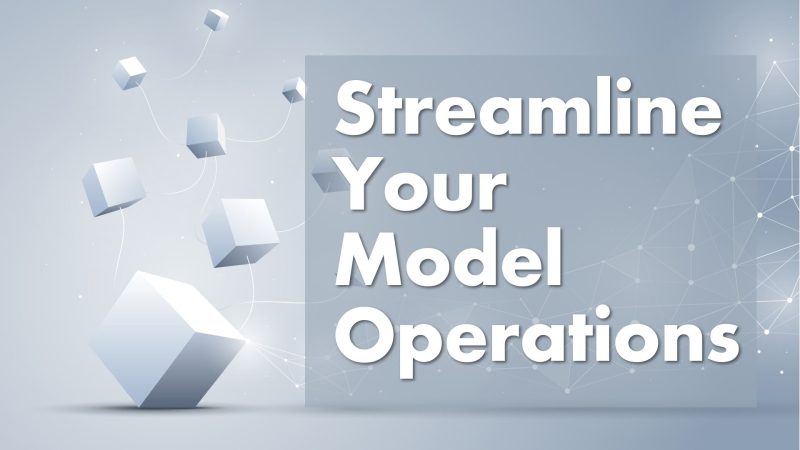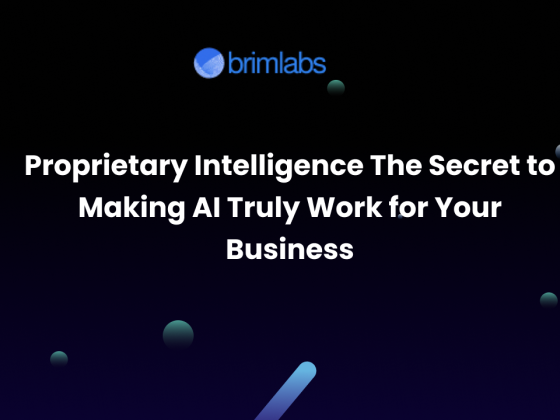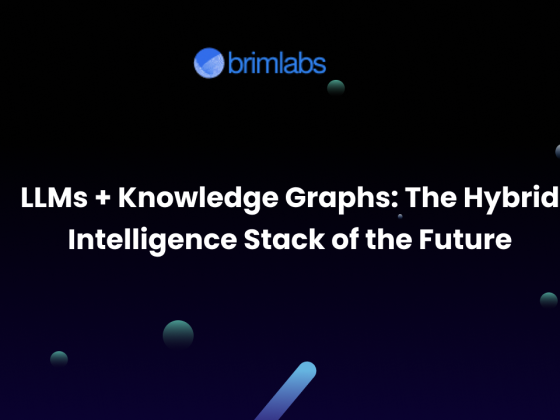MLOps is revolutionizing the way organizations develop, deploy, and manage machine learning models. As businesses increasingly rely on AI-driven insights, automating model deployment and monitoring becomes crucial for ensuring efficiency, reliability, and scalability. In this blog, we will explore the role of MLOps in automating model deployment and monitoring, its benefits, best practices, and tools.
Understanding MLOps
MLOps is a discipline that combines machine learning, DevOps, and data engineering to streamline the entire ML lifecycle. It focuses on automating and operationalizing ML workflows, making model development and deployment more reproducible, scalable, and reliable.
The key components of MLOps include:
- Model Training and Development: Building and training machine learning models.
- CI/CD for ML: Continuous Integration and Continuous Deployment pipelines for ML models.
- Model Deployment: Automating the process of moving models from development to production.
- Model Monitoring and Management: Tracking model performance and retraining as necessary.
Automating Model Deployment with MLOps
Why Automate Model Deployment?
Deploying ML models manually is inefficient and error-prone. Automation ensures:
- Faster deployment cycles
- Reduced human errors
- Seamless updates and rollbacks
- Improved collaboration between data scientists and engineers
Steps in Automated Model Deployment
- Model Packaging: Convert the trained model into a deployable format (e.g., ONNX, TensorFlow SavedModel, PyTorch TorchScript).
- Containerization: Use Docker to package the model with necessary dependencies.
- CI/CD Pipelines: Implement automated testing, validation, and deployment pipelines using tools like Jenkins, GitHub Actions, or GitLab CI/CD.
- Deployment on Cloud/Edge:
- Use cloud services like AWS SageMaker, Google AI Platform, or Azure ML for scalable deployments.
- Deploy on Kubernetes or serverless frameworks for edge computing.
- Model Versioning: Maintain multiple versions of models using tools like MLflow or DVC.
- Feature Store Integration: Ensure feature consistency between training and inference phases.
Automating Model Monitoring
Importance of Model Monitoring
Even after deployment, ML models can degrade due to data drift, concept drift, or unexpected biases. Automated monitoring helps in:
- Detecting anomalies and performance degradation
- Identifying model retraining needs
- Ensuring compliance with business and regulatory standards
Key Metrics for Model Monitoring
- Prediction accuracy and confidence scores
- Latency and response times
- Data drift and feature distribution shifts
- Concept drift (changes in the relationship between input and output variables)
- Bias and fairness metrics
Tools for Model Monitoring
- Prometheus & Grafana: For logging and visualization
- ELK Stack (Elasticsearch, Logstash, Kibana): For analyzing model logs
- MLflow & Weights & Biases: For tracking experiments and performance
- Seldon Core & KServe: For deploying and monitoring ML models in Kubernetes
- AI Explainability 360: For ensuring fairness and explainability
Best Practices in MLOps Automation
- Implement CI/CD Pipelines for ML: Ensure automated testing, validation, and deployment.
- Use Infrastructure as Code (IaC): Define infrastructure using Terraform or Kubernetes for reproducibility.
- Adopt Model Versioning: Track changes in models and datasets.
- Monitor in Real-Time: Set up alerts and dashboards for quick issue resolution.
- Enable Automated Retraining: Use workflows that trigger retraining when performance drops.
- Ensure Security & Compliance: Protect data and model access with role-based authentication.
Conclusion
MLOps is essential for modern AI-driven organizations, enabling seamless automation of model deployment and monitoring. By implementing robust MLOps practices, businesses can improve model reliability, scalability, and efficiency while reducing operational overhead.
As AI adoption grows, investing in MLOps automation will be a game-changer, ensuring that machine learning models remain accurate, up-to-date, and aligned with business goals.
Looking to implement MLOps?
If you need help setting up an automated MLOps pipeline, Brim Labs specializes in AI/ML, DevOps, and full-stack development. Let’s discuss how we can help optimize your ML workflows!











